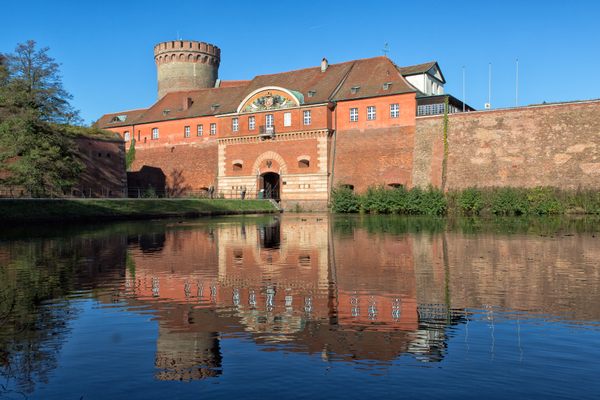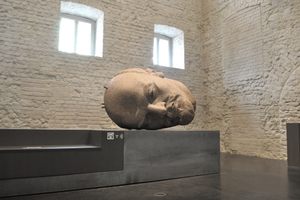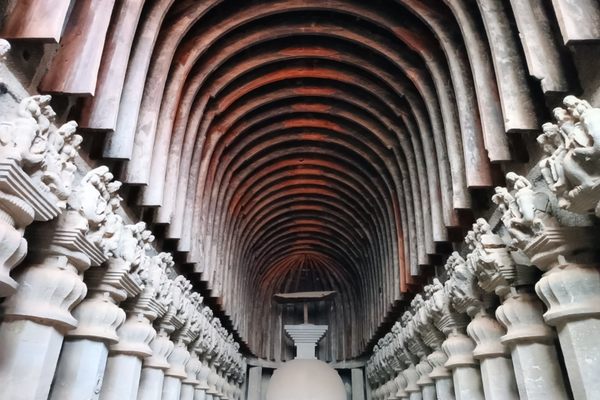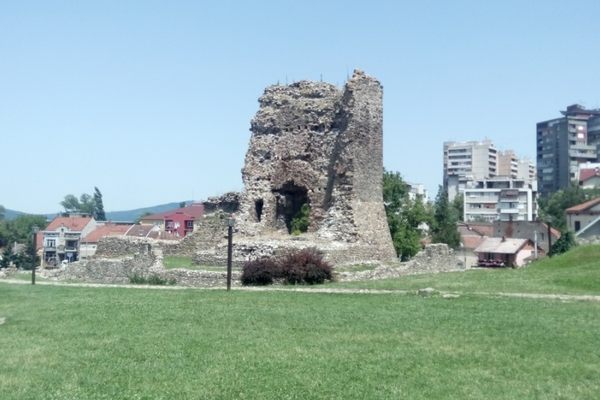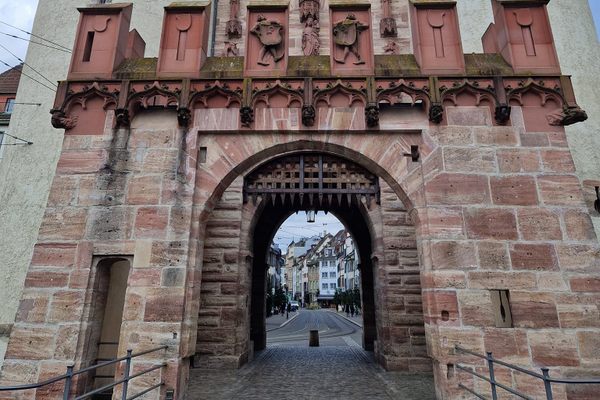About
Built on a strategic island at the confluence of the Havel and Spree rivers, various fortifications have protected the town of Spandau (now a borough of Berlin) since at least 1197. The citadel's current form, however, dates mostly from the mid-to-late-16th century, though it contains older segments such as the 13th century Juliusturm (Julius Tower), Berlin's oldest building.
The fortress was designed and built primarily by Count Rochus zu Lynar, and was completed in the year 1594, though it would go on to serve a military role for the next 360-odd years. During the Thirty Years War, it served as a base of operations for Swedish forces during King Gustav II Adolf's intervention. The citadel would first fall to enemy troops in 1806 when it was taken over by Napoleon's armies. During the French siege, much of the citadel was destroyed, but was rebuilt, and served as a prison for Prussian dissidents, as well as a treasury, most notably being used to store war reparations after the Franco-Prussian war.
The end of its military career came in 1945 when it was stationed by Nazi soldiers during the Battle of Berlin. When it had become clear that they had lost, the Germans surrendered the citadel to Soviet soldiers, who were the last military personnel to occupy it. With the division of Berlin into four occupation zones, Spandau was handed over to the British, and the citadel handed over to civilian use.
Beginning in 1950, the Spandau Citadel was the site of a building school, but in 1986, became a tourist attraction and cultural site. Now, the only cannons that one would hear from the citadel would be during a performance of The 1812 Overture during one of the many concerts that take place there. However, it may be possible to see old cannons along with other archeological finds, historical pieces, and works of art in the various museums and exhibitions that are located in the citadel.
Finally, the vaulted roofs of the various fortress buildings make a perfect winter roost for the 10,000 bats what visit the citadel every year.
Related Tags
Know Before You Go
From the nearest U-Bahn station, U Zitadelle on the U7 Line, it is a five to ten minute walk to the citadel.
Community Contributors
Added By
Published
March 22, 2016




